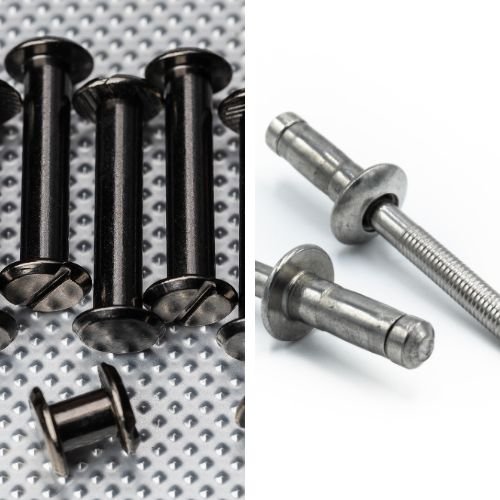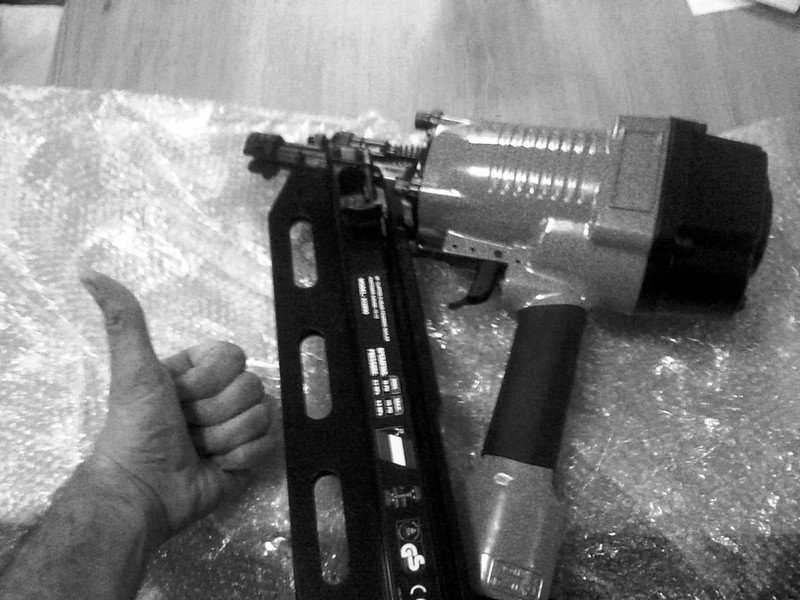Plumbing—it’s one of those things we don’t think much about until something goes wrong. But hidden beneath your sinks and behind your walls is a network of systems quietly working to keep your home running smoothly. Among these often-overlooked heroes is the trap weir. It’s a term you might not have come across unless you’ve dived into the nitty-gritty of plumbing, but understanding it can make a world of difference, whether you’re tackling a DIY project or simply trying to make sense of what your plumber is telling you.
Let’s pull back the curtain and explore what trap weirs are, how they work, and why they matter. Spoiler alert: They’re more fascinating than they sound.
What Is a Trap Weir, Anyway?
First, let’s get the basics down. A trap weir is a critical component in the plumbing traps – those P-shaped or S-shaped pipes found under your sinks, bathtubs, or other plumbing fixtures. These traps are specifically designed to hold a small amount of water, forming a “water seal” that acts as a barrier to prevent unpleasant sewer gases from wafting back into your living spaces. The weir, in simple terms, is the point in the trap that determines the water level.

Think of it as an invisible boundary that ensures the water remains in place to maintain the seal. When water flows out of the trap, it’s the weir that ensures enough remains to maintain that all-important gas-tight seal. Without a properly functioning weir, your plumbing system could quickly turn into an odorous nightmare.
To explain this to homeowners, I often use the analogy of a doorman at an exclusive club, letting the good stuff through (water) while keeping the unwanted elements (gases and odors) out.
Now that we know what a trap weir is, let’s talk about why it matters. It’s easy to overlook small components, but trap weirs are essential for:
Odor Control: Without the water seal maintained by the weir, your home could be exposed to harmful and unpleasant sewer gases.
Health and Safety: Sewer gases aren’t just smelly; they can also pose health risks. Methane and hydrogen sulfide, commonly found in these gases, can be toxic.
Plumbing Longevity: A well-maintained weir prevents blockages and ensures smooth water flow, reducing wear and tear on your plumbing system.
The Science Behind the Trap Weir
At first glance, it might seem like a trap weir is just an arbitrary detail, but there’s some fascinating science at play. The weir works based on the principles of gravity and fluid dynamics. When water flows down the drain, it passes over the weir. The weir is designed to leave enough water in the trap, forming a seal that blocks odors and gases from the sewer. It’s a balancing act: too much water flowing out could break the seal, and too little could lead to clogs.
The weir’s location is carefully designed to maintain this equilibrium. In a P-trap, for example, the weir is at the curve’s highest point before the pipe descends toward the sewer line. This subtle detail is what keeps everything in harmony.
Types of Plumbing Traps and Their Weirs
Not all plumbing traps are created equal, and the type of trap you have determines how the weir functions. Let’s break it down:
P-Traps: The most common type we encounter in residential plumbing is the P-trap, named for its distinctive shape. The ‘weir’ part refers to the height of water that remains in the trap after drainage – typically about 2 to 4 inches. The weir in a P-trap ensures a smooth water flow while maintaining the seal.
S-Traps: Similar to P-traps but often found in older homes. These have a more pronounced dip, and the weir’s role here is even more crucial to prevent siphoning. Siphoning occurs when the water seal is sucked out due to pressure changes, leaving the system vulnerable to sewer gas infiltration. Properly positioning the weir in S-traps is crucial to avoid siphoning, especially in high-water-flow scenarios.
Bottle Traps: Used in modern, space-saving designs. These traps are commonly found in tight spaces, such as under washbasins. The bottle trap’s weir serves the same function as that in a P-trap, but due to the trap’s more compact design, it requires precise engineering to function effectively.
Each type of trap relies on its weir to function effectively, and understanding these differences can help you choose the right one for your needs.
Choosing the Right Trap Weir
If you’re renovating or building a new home, selecting the right trap weir is crucial. Factors to consider include:
- The type of fixture and its usage patterns.
- Local plumbing codes, which can vary by region.
- Long-term maintenance requirements.
Investing in quality components upfront can save you significant time and money down the line.
Common Issues with Trap Weirs
Like any part of your plumbing system, trap weirs aren’t immune to problems. Here are some common issues you might encounter:
Siphoning: This occurs when the water seal is unintentionally drained, often due to improper venting or high water pressure. Without the water, the weir can’t function, leaving your home vulnerable to sewer gases.
Evaporation: In rarely used fixtures, the water in the trap can evaporate, breaking the seal. This is why guest bathrooms or utility sinks can sometimes emit foul odors.
Clogs: Debris caught near the weir can lead to blockages, causing slow drainage and potential backups.
Being aware of these issues can help you take preventative measures and address problems before they escalate.
Maintaining Your Trap Weirs
The good news is that trap weirs require minimal maintenance if you keep a few key points in mind:
- Regular Use: Run water through all your fixtures periodically to prevent evaporation.
- Proper Venting: Ensure your plumbing system is adequately vented to avoid siphoning issues.
- Routine Cleaning: Clean your traps occasionally to remove debris and maintain smooth water flow.
- Professional Checkups: If you suspect a problem, don’t hesitate to call a professional plumber. They have the tools and expertise to diagnose and fix issues efficiently.
Why Should Homeowners Care About Them?
Understanding trap weirs isn’t just about curiosity—it’s about empowerment. When you understand how this small but crucial component works, you’re better equipped to spot issues early and even prevent them altogether. For instance, knowing that evaporation can break the water seal might prompt you to run water in unused sinks, sparing you from an unpleasant surprise down the line.
Moreover, in an era where sustainability is key, maintaining your plumbing system—including trap weirs—can contribute to conserving water and reducing waste. A small leak or malfunction can have larger repercussions for your utility bills and the environment.
The Unsung Heroes of Plumbing
Think about the last time you marveled at a sink draining effortlessly or a bathroom free from foul smells. Chances are, you didn’t think about the trap weir making it all possible. Yet these tiny features work tirelessly, day in and day out, to ensure your home remains a clean and comfortable haven.
It’s amazing how something as small as a trap weir can play such a pivotal role in your home’s plumbing system. While it might not be the most glamorous topic, understanding trap weirs gives you a deeper appreciation for the intricacies of plumbing. Whether you’re troubleshooting an issue or simply curious about how your home works, knowing about trap weirs can make you feel just a little more empowered—and maybe even a little more grateful for the unseen heroes of your plumbing system.
The next time you turn on a tap or watch water swirl down a drain, take a moment to think about the humble trap weir. It’s proof that even the smallest details can make a world of difference.



